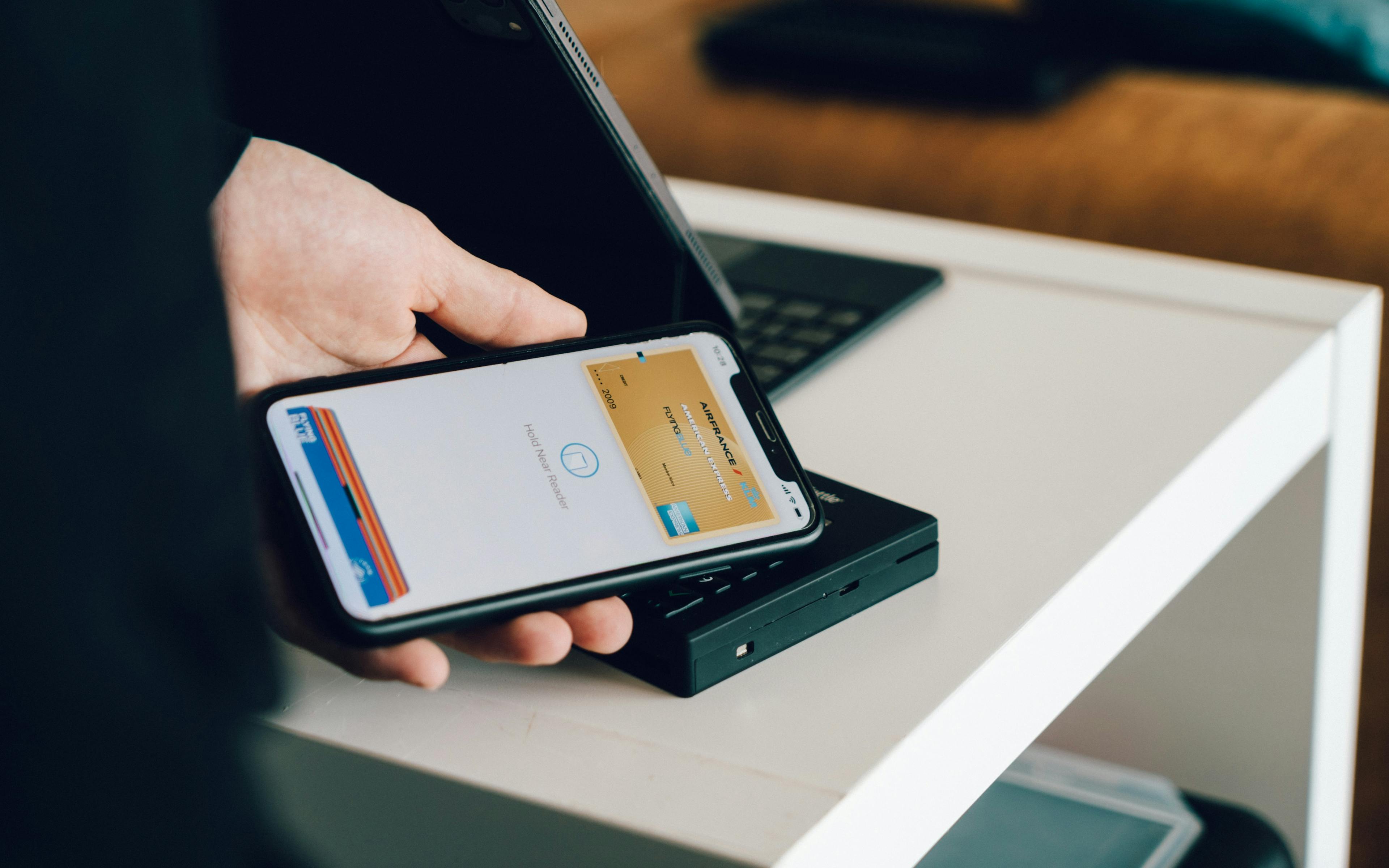4 Top reasons why you should use digital wallets
Technology is advancing at lightning speed and it's sometimes hard to keep up. We get it. But considering the recent growth in the use of digital wallets, we took it upon ourselves to run a survey on LinkedIn to find out the frequency in which our network makes payments with these tools.


Our results showed that 53% of respondents use digital wallets several times a week!
So, we couldn't miss the opportunity to delve into this topic a bit more and list a few reasons why you should be using them too.
Read on to learn more!
What are digital wallets and how do they work?
The technology behind digital wallets has actually been around for almost two decades.
But this payment technology, as we know it today, was introduced and popularized by Google back in 2011 with the creation of Google Wallet (a.k.a Google Pay Send, an integration of Google Pay).
These innovative tools are applications that allow you to store a copy of your card information, whether physical or virtual on your:
cell phone,
smart watch,
laptop,
tablet, or
desktop.

Coincidentally, this is the same technology that debit and credit cards use to make contactless payments at POS machines.
Popular Digital Wallets
Although there are hundreds of digital wallets, here are some of the most popular ones:
Pliant Wallet (😉)
Apple Pay
PayPal
Google Pay
Samsung Wallet
Venmo
Cash App
Zelle
Types of Digital Wallets
There are three types of digital wallets:
1. Closed Wallet
Companies have the ability to create customized wallets for their customers. The funds in these wallets can only be used for transactions with the issuer.
2. Semi-closed Wallet
The scope of this wallet is somewhat limited since users can only make transactions with retailers that have agreements signed with the issuer of the wallet.
3. Open Wallet
The capabilities of this wallet are wide since it allows users to make transactions with semi-closed wallet issuers as well as other bank-associated transactions such as ATM withdrawals, transfers, etc.
Crypto Wallets
These virtual wallets allow you to store, send and receive cryptocurrencies.
In a nutshell, here’s what you need to know about each wallet:
Hot/Software wallets: store private keys in locations that are always connected to the Internet and you can access them on your phone or computer.
Cold/ Hardware wallets: they’re not connected to the Internet and are more secure, but don’t accept as many cryptocurrencies as hot wallets.
Paper wallets: allow users to create and print private keys to generate an external storage wallet to send and receive cryptocurrencies.
Digital vs. E-Wallets
Before going into more detail, let's clarify the following:
Although both digital and e-wallets are very similar and their names are often used interchangeably, there is a slight difference between the two.
Digital wallets make a virtual copy of the information in your credit or debit card and store it in a gallery for later transactions.
E-wallets, on the other hand, work like prepaid cards. You have to add money into the wallet in order to make online and in-store payments, or even withdrawals.
Now that we have made the distinction between the two, let's list the top reasons why you should be using digital wallets more:
#1- Digital wallets store way more than just credit and debit cards.
Fortunately, these virtual wallets give you unlimited space and an interesting range of IDs and other documents to store, such as:
coupons
concert tickets
airline tickets
gift cards
transit tickets
identification cards
membership and loyalty cards

#2 - More and more retailers are accepting them and encouraging customers to use them.
It goes without saying that the Covid-19 pandemic played a pivotal role in the way people view contactless payments and thus digital wallets in general.
However, touch-free payments offer more than just the prevention of the spread of a virus.
In Europe, and especially in Germany, more and more people are breaking the habit of paying with cash and opting for other modern, secure, and convenient forms of payment.
Here are some interesting stats to help us support this claim:
Since the start of the Covid-19 outbreak, there has been a spike of 6.5% in the use of digital wallets online. (Cognyte)
As of 2022, Paypal is the most preferred digital wallet in Germany, followed by Apple Pay, and Google Pay. (Statista)
In Germany, digital wallets make up 20% of all in-store payments, and PayPal accounts for 37% of all online transactions. (Pymnts)
Compared to the rest of the EU, 43.9% of all domestic online transactions in Germany use digital wallets. (Pymnts)
#3 - Greater security compared to other payment methods
Contrary to popular belief, payments made through digital wallets are more secure than other methods.
Why? Because the information is carefully encrypted in the app and there’s no need to insert a PIN for in-person payments.
Note: For the latter, let’s keep in mind that users won’t need to enter their PIN for in-store payments as long as the POS machine's software has been properly updated.
#4 - Save time and effort.
Has it ever happened to you that you are about to pay at the cash register and you can't find your card?
We've all been there.
Digital wallets allow you to make secure payments by simply hovering your cell phone over a card reader.
And the best part, without worrying about someone seeing your PIN or card information.
So you no longer have to worry about angry looks from people in line.
How to add your Pliant card to Apple Wallet
Pliant allows you to make secure online and in-person purchases with ease directly from the Wallet in the Pliant app, or with Apple Pay.
All Pliant customers in Germany and Austria can add their Pliant cards to Apple Pay. More countries will follow soon.
On an iPhone, open the Wallet app and tap the “+” sign.
For an Apple Watch, open the Apple Watch app on your iPhone and select “Wallet & Apple Pay,” then tap “Add Credit or Debit Card.”
On an iPad, go to Settings, open “Wallet & Apple Pay,” and select “Add Credit or Debit Card.”
On a MacBook Pro with Touch ID, go to System Preferences, select “Wallet & Apple Pay,” then select “Add Card.”
You can use Apple Pay on iPhone, Apple Watch, iPad and Mac. For a full list of compatible Apple Pay devices, click here.
All physical, virtual and single-use cards can be added to Apple Wallet and used for Apple Pay, both in stores and online.
To select your Pliant card as your default card in your Apple Wallet, go to Settings on your iPhone and scroll down to Wallet & Apple Pay. There you can select your default card under “Transaction defaults”.

So, why do people still refuse to use digital wallets?
The unknown can be daunting.
For the most part, refusing to use a product, in particular a digital payment tool, can be linked to either:
a lack of sufficient knowledge of the subject, or to
bad past experiences.
Some people still believe that these wallets can bring great security risks rather than benefits.
And while in some countries, like the US, digital wallets are the bread and butter of in-person and online payments, in Europe, the use of digital wallets is gradually becoming the norm.
As you can see, the benefits outweigh the disadvantages!
Share this article with someone you think could benefit from using digital wallets.
And if you want to learn more about our best-in-class corporate cards, book a demo today.






